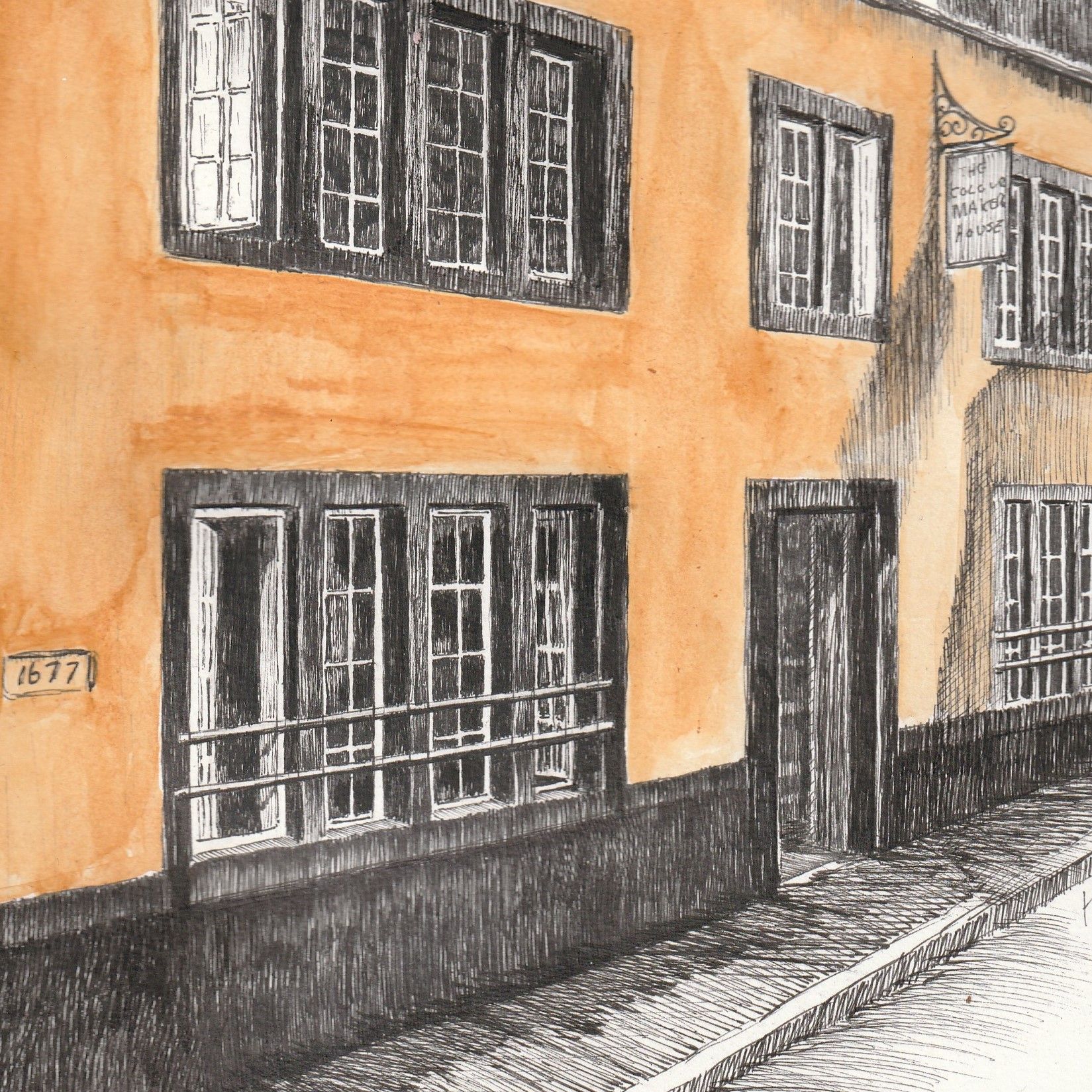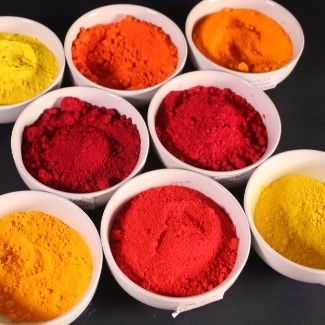
Alchemy at the Historic Colour Maker's House
on the edge of the Lake District - 017683 53530
What Pigments Work Best in Frescos?
In fresco painting, the pigments must be able to react chemically with the lime in the wet plaster to become fixed to the wall. As a result, not all pigments are suitable for use in fresco painting. The best pigments for fresco painting are lightfast, meaning they don't fade over time, and they are chemically stable and will not react with the lime in the plaster.
Here are some pigments that are commonly used in fresco painting:
- Natural pigments: Earth pigments, such as ochres and iron oxides, are not just popular choices for fresco painting; they are a celebration of the earth's natural beauty. Their warm, natural colours, lightfastness, and chemical stability make them perfect for fresco painting.
2. Lime-proof pigments: Some pigments, such as certain blues and greens, are not naturally compatible with lime and can react in undesirable ways. To overcome this, special "lime-proof" pigments, such as ultramarine blue, are available that have been specifically formulated for use in fresco painting.
3. Synthetic pigments: Synthetic pigments, such as Titanium Dioxide and the Cadmium family, are also commonly used in fresco painting because they are lightfast, chemically stable, and readily available in various colours. They provide a range of bright, vivid colours and are more stable and lightfast than some natural pigments.
4. Lead-based pigments: Lead white, lead-tin yellow, and other lead-based pigments were widely used in fresco painting, especially during the Renaissance period. Although not technically lime-proof, they are considered stable and durable when used in a lime-based material.
It's important to note that different pigments will react differently with the plaster's lime and produce different colours and shades. Often, there is a noticeable colour shift or change as the paint dries
Consequently, testing the pigments in a small area is always recommended before using them in a larger project. This step is crucial to ensure the desired colour and shade, and it reflects your responsibility as an artist.






All Rights Reserved | Pure Pigments & The Colour Makers House